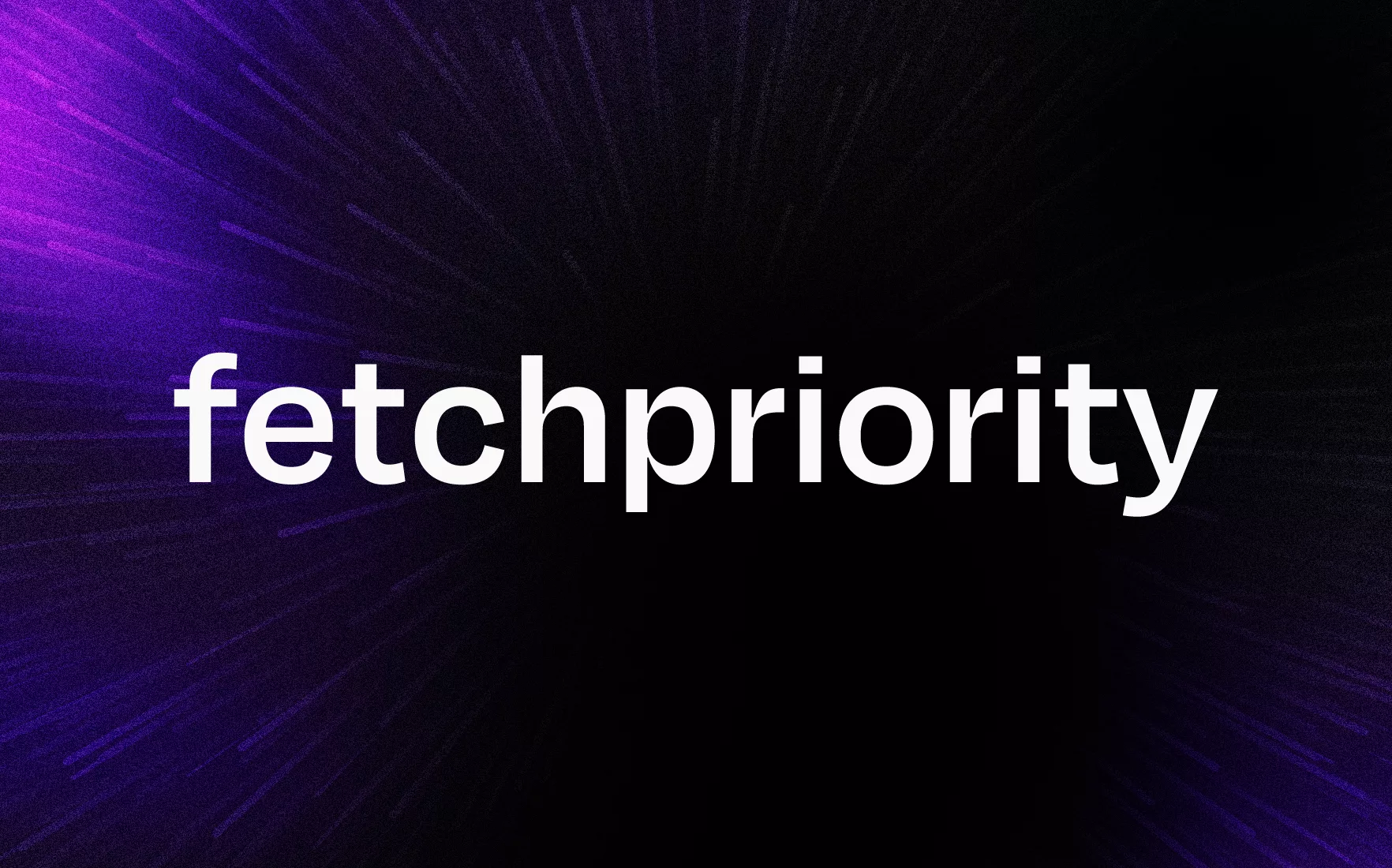
SmashingConf 2023 – Front-end San Francisco
View project15 September 2023
At the end of May, I travelled to San Francisco 🇺🇸 for SmashingConf, a 2-day web conference focused on cutting-edge front-end development.
category
Read about the intersection of front-end and UI design, front-end coding and all things web dev.

15 September 2023
At the end of May, I travelled to San Francisco 🇺🇸 for SmashingConf, a 2-day web conference focused on cutting-edge front-end development.

13 September 2023
Improve your performance with fetchpriority. You can load your Largest Contentful Paint (LCP) image sooner, by adding this HTML attribute.